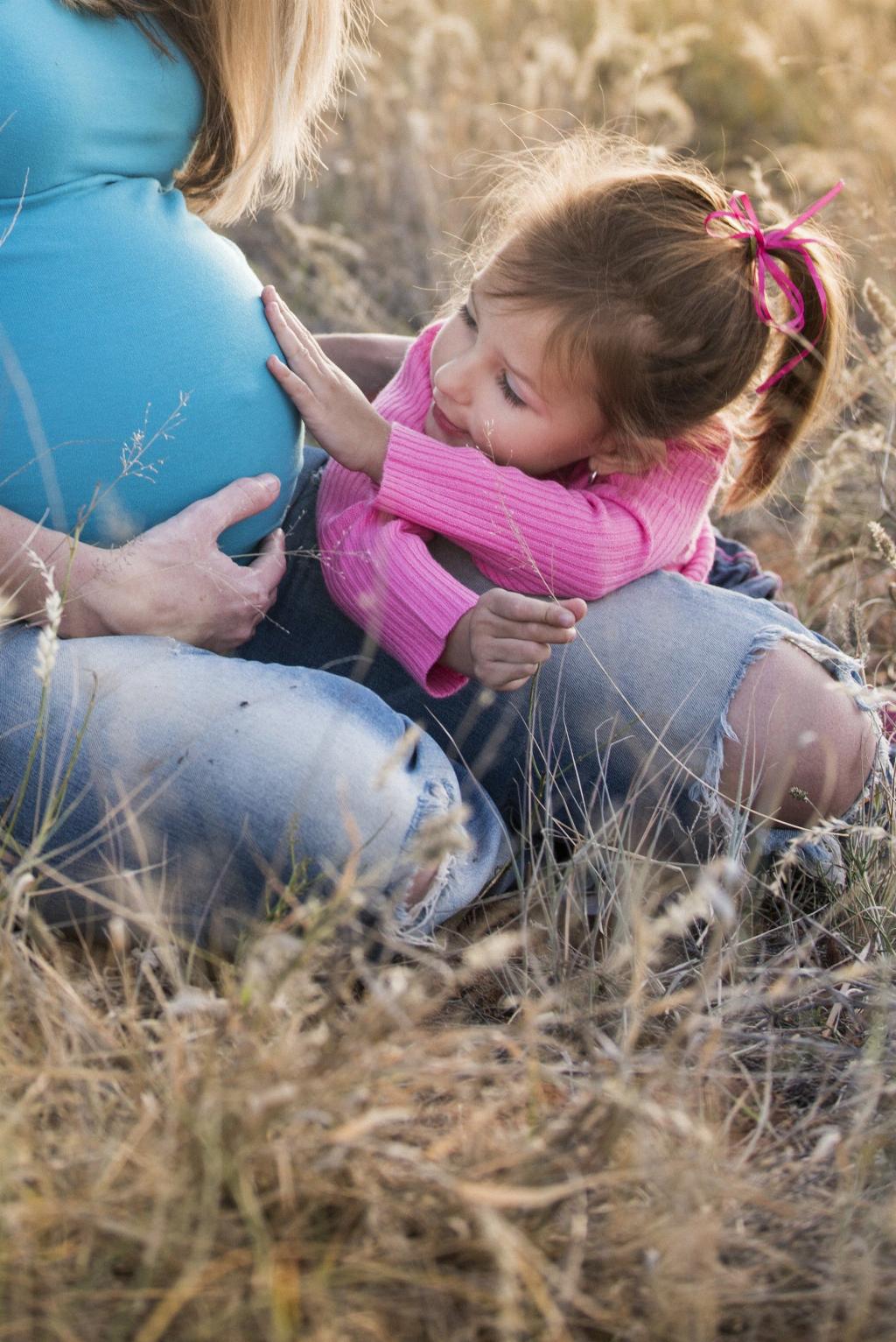One of the common wonders many women experience at 6 weeks into their pregnancy is the appearance of a bump. This early development can be both surprising and exciting at the same time. While it might seem early to be showing signs of pregnancy externally, there are various factors contributing to the appearance of a bump at this stage.
Factors Contributing to Bumps at 6 Weeks
One plausible reason for the bump at 6 weeks could be attributed to abdominal bloating. During early pregnancy, there is an increase in hormone levels, leading to the retention of fluids within the body. This can cause the abdomen to expand and appear bloated, mimicking the early signs of a baby bump.
Role of Hormones
Hormones play a crucial role in regulating various bodily functions during pregnancy. The surge in hormone levels, particularly human chorionic gonadotropin (hCG) and progesterone, can impact the body’s water retention, leading to abdominal bloating, which may contribute to the appearance of a bump at 6 weeks.
Uterus Expansion
At 6 weeks into pregnancy, the uterus undergoes significant changes to accommodate the growing embryo. While the uterus itself may still be within the pelvic cavity, the expansion and stretching of the uterine muscles can exert pressure on surrounding organs, causing the abdomen to protrude slightly.
Individual Variations
It’s essential to remember that every woman’s body is unique, and pregnancy manifests differently in each individual. Factors such as body composition, muscle tone, and previous pregnancies can influence when and how prominently a bump may appear during the early stages of pregnancy.
Genetic Predisposition
Genetics also play a role in how a woman’s body responds to pregnancy. Some women may have a genetic predisposition to show earlier during pregnancy due to the distribution of fat or muscle mass in the abdominal region. These genetic factors can contribute to the early appearance of a bump at 6 weeks.
Diet and Digestive Changes
Changes in diet and digestion during pregnancy can also impact the appearance of the abdomen. Hormonal fluctuations can influence gut motility and digestion, potentially leading to bloating and gas retention, which may contribute to the bump at 6 weeks.
Psychological Factors
The psychological aspects of early pregnancy can also influence how a woman perceives her body changes. The anticipation and excitement of pregnancy can make a woman more attuned to subtle physical changes, leading to a heightened awareness of the bump, even if it is primarily due to bloating.
Emotional Impact
The presence of a bump at 6 weeks can evoke a range of emotions in expectant mothers. For some, it may affirm the reality of pregnancy and create a sense of closeness to the growing baby. However, for others, it may lead to concerns about body image and the challenges of physical changes during pregnancy.
Medical Consultation
If you have concerns or questions about the appearance of a bump at 6 weeks pregnant, it’s essential to consult with your healthcare provider. They can provide personalized guidance, reassurance, and ensure that any physical changes align with the normal progression of pregnancy.
Embracing the Journey
Regardless of the reasons behind the early bump at 6 weeks, it’s important to embrace the journey of pregnancy with curiosity and self-compassion. Each woman’s experience is unique, and the changes in her body reflect the incredible process of bringing new life into the world.
Conclusion
In conclusion, the appearance of a bump at 6 weeks pregnant can be attributed to a combination of factors, including hormonal changes, uterine expansion, genetic predisposition, diet, and individual variations in body composition. Understanding these factors can help women navigate the physical and emotional changes of early pregnancy with greater insight and acceptance.

